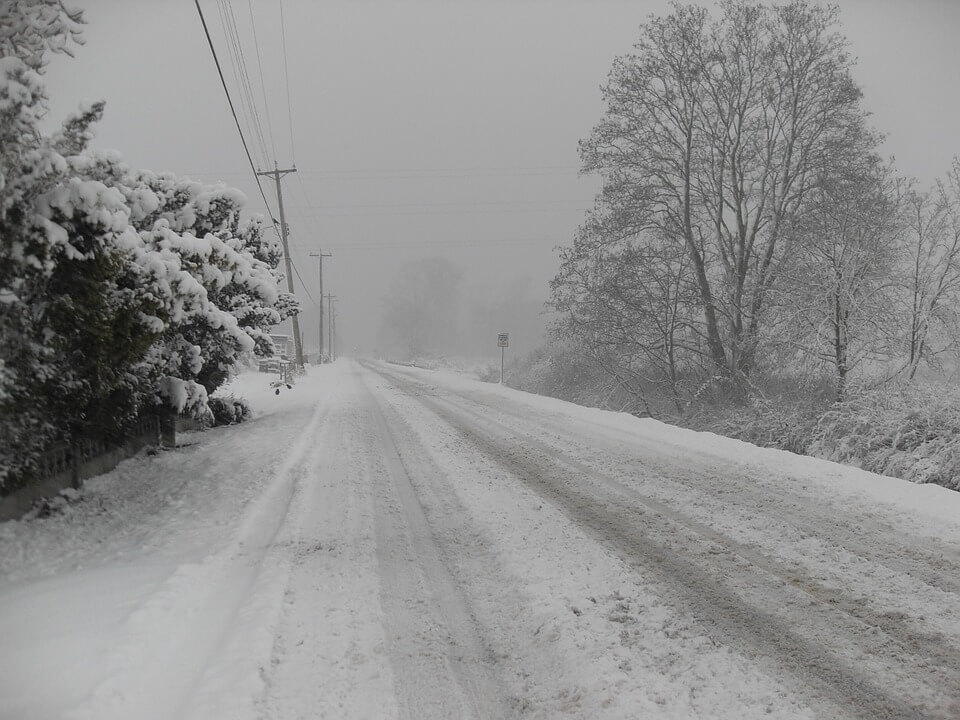Winter Weather and Driving Safely on the Roads
 Vehicle preparation plays a pivotal role in winter driving safety. Start with your tires, as they are the point of contact between your vehicle and the road. Consider investing in winter tires, specifically designed for colder temperatures and enhanced traction on icy surfaces. Ensure proper tire inflation and adequate tread depth to optimize performance. Regular vehicle maintenance is equally important, focusing on the battery, brakes, lights, and fluids. Cold weather can strain your battery, so check its condition and replace it if necessary. Top up windshield washer fluid with a winter-grade solution to prevent freezing, and keep your gas tank at least half full to avoid fuel line freeze-up. Equipping your vehicle with an emergency kit containing essentials like blankets, a flashlight, non-perishable snacks, and a snow shovel adds an extra layer of preparedness for unexpected situations on the winter roads.
Vehicle preparation plays a pivotal role in winter driving safety. Start with your tires, as they are the point of contact between your vehicle and the road. Consider investing in winter tires, specifically designed for colder temperatures and enhanced traction on icy surfaces. Ensure proper tire inflation and adequate tread depth to optimize performance. Regular vehicle maintenance is equally important, focusing on the battery, brakes, lights, and fluids. Cold weather can strain your battery, so check its condition and replace it if necessary. Top up windshield washer fluid with a winter-grade solution to prevent freezing, and keep your gas tank at least half full to avoid fuel line freeze-up. Equipping your vehicle with an emergency kit containing essentials like blankets, a flashlight, non-perishable snacks, and a snow shovel adds an extra layer of preparedness for unexpected situations on the winter roads.
Be aware of the Winter Weather
Staying informed about weather conditions is a critical aspect of winter driving. Before embarking on a journey, check the weather forecast and stay updated on any advisories or warnings. If conditions are severe, consider postponing your trip until weather conditions improve. Alternatively, explore alternative transportation methods that may be better equipped to handle challenging weather. Another essential tip is to avoid the use of cruise control on snowy or icy roads. Cruise control can hinder your ability to react quickly to changing road conditions, increasing the risk of accidents. Also, maintain manual control over your speed and use caution when accelerating or decelerating. Pay particular attention to bridges, overpasses, and shaded areas, as these spots tend to freeze first. Approach these areas with reduced speed and avoid sudden movements to minimize the risk of skidding.
Reducing your Speed When Driving
Successfully navigating winter weather requires a combination of cautious driving practices and thorough vehicle preparation. Adjusting your speed, maintaining a safe following distance, and avoiding cruise control are fundamental driving tips for winter conditions. Additionally, preparing your vehicle, staying informed about the weather, and exercising caution in specific road areas contribute to a safer winter driving experience. By incorporating these tips into your winter driving routine, you can mitigate risks and enjoy a more secure journey through challenging weather conditions.

